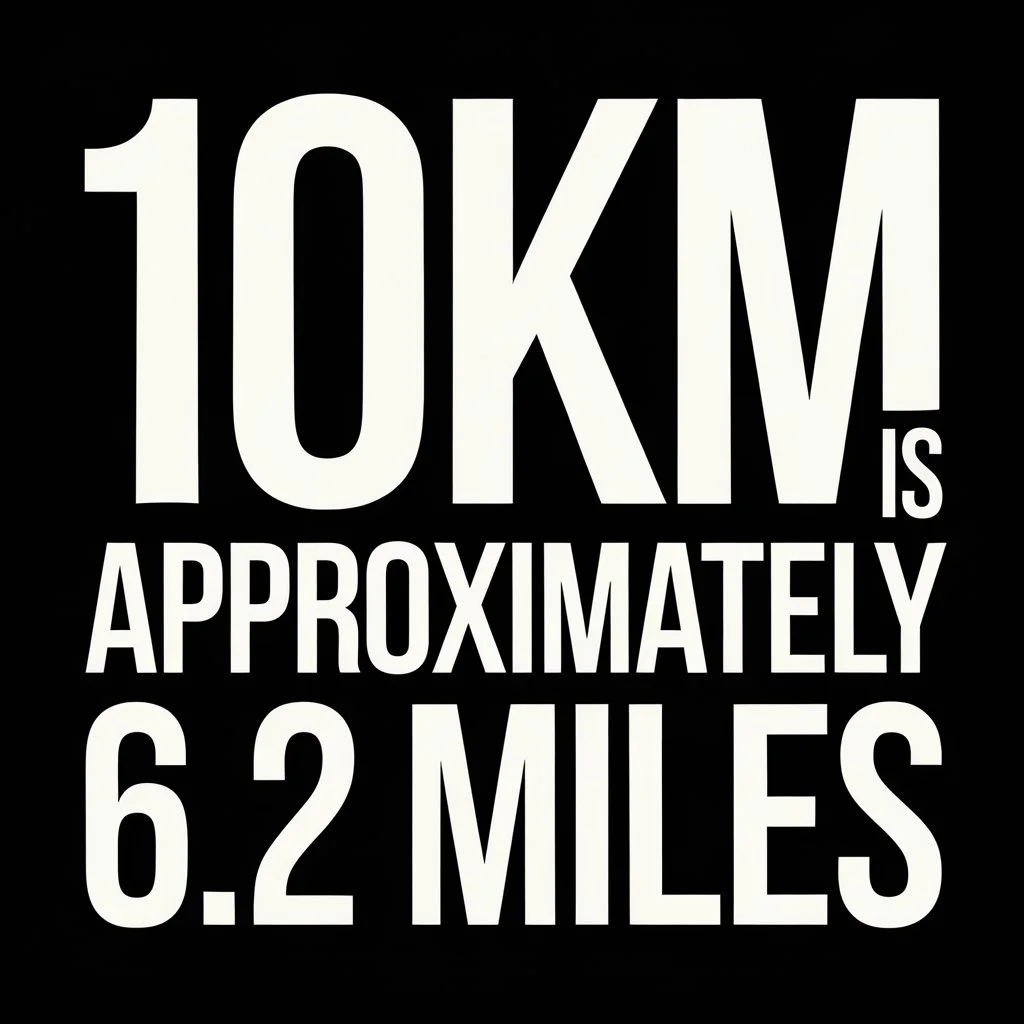Introduction
The world of running offers a variety of distances, catering to different fitness levels and goals. Among these, the 10K race is a popular choice for many athletes and casual runners alike. But how many miles is a 10K, and why is it a significant distance for both beginners and seasoned runners? This article will explore the distance of a 10K, its history, training tips, benefits, and its place in the running community.
What is a 10K?
A 10K, or 10-kilometer race, is a distance of approximately 6.2 miles. It is a common race distance that serves as an excellent challenge for those looking to step up from shorter races, such as the 5K, while not being as daunting as a half marathon or marathon.

If you want some information about How Long Does Adderall Stay in your System then take a preview of our previous blog post.
Conversion of Kilometers to Miles
To understand how far a 10K is, it’s essential to know the conversion between kilometers and miles. One kilometer equals approximately 0.621371 miles. Therefore, when you multiply 10 kilometers by this conversion factor, you find:10 km×0.621371=6.21371 miles10 \, \text{km} \times 0.621371 = 6.21371 \, \text{miles} 10km×0.621371=6.21371miles
Rounding this gives us the commonly cited distance of 6.2 miles for a 10K race.
The Significance of the 10K Distance
1. A Benchmark for Runners
The 10K distance is often viewed as a benchmark for runners. It’s long enough to require significant endurance training, yet short enough that most healthy individuals can aim to complete it with a few months of preparation.
2. Gateway to Longer Distances
For many, the 10K serves as a stepping stone to longer races like half marathons and marathons. It provides a sense of accomplishment while allowing runners to experience the logistics of race day without the extensive training commitment that longer distances demand.
3. Variety of Races
10K races are held all over the world, often in various environments—from city streets to scenic trails. This diversity makes it accessible to runners of all preferences and locations.
Training for a 10K
Training for a 10K can vary significantly based on your current fitness level. Here are some tips to help you prepare effectively:
1. Establish a Training Plan
For beginners, a typical 10K training plan might span 8 to 12 weeks. This plan should include a mix of:
- Long runs: Gradually increasing your longest run each week to build endurance.
- Speed work: Incorporating intervals or tempo runs to improve pace.
- Rest days: Allowing your body to recover is crucial to prevent injury.
2. Listen to Your Body
As you train, pay attention to how your body feels. If you experience pain or fatigue, it may be a sign to take a break or adjust your training regimen. Avoid pushing through pain, as this can lead to injuries.
3. Nutrition and Hydration
Proper nutrition is vital for performance. Focus on a balanced diet rich in carbohydrates, proteins, and healthy fats. Staying hydrated is equally important, especially during longer runs and on race day.
4. Incorporate Cross-Training
Including cross-training activities such as cycling, swimming, or strength training can enhance your overall fitness and reduce the risk of injury. These activities help build strength and flexibility while providing a break from running.
5. Practice Race Day Conditions
If possible, simulate race day conditions in your training. This includes practicing running at the same time of day, wearing the gear you plan to use, and consuming the same foods or gels during training as you would on race day.

If you want some information about How Long Does Adderall Stay in your System then take a preview of our previous blog post.
Benefits of Running a 10K
Participating in a 10K race offers numerous benefits:
1. Physical Health
Running is a fantastic cardiovascular exercise that strengthens the heart, improves lung capacity, and increases overall stamina. Training for a 10K can lead to significant improvements in fitness levels.
2. Mental Health
Exercise, particularly running, has been shown to improve mental health by reducing stress, anxiety, and depression. Completing a 10K can provide a sense of achievement and boost self-esteem.
3. Community and Social Connections
Races often create a sense of community among participants. Running events bring people together, fostering camaraderie and support. Many runners enjoy the social aspects of training and racing with friends or joining local running clubs.
4. Goal Setting and Achievement
Setting a goal to complete a 10K provides motivation and a sense of purpose. Achieving this goal can be a significant milestone in a runner’s journey, paving the way for future challenges.
The Role of 10K Races in the Running Community
1. Inclusive Participation
10K races are typically designed to be inclusive, welcoming runners of all skill levels. Many events offer options for competitive runners as well as casual participants who may choose to walk or jog.
2. Charitable Causes
Many 10K races support charitable causes, allowing participants to contribute to meaningful initiatives while engaging in a healthy activity. This adds an extra layer of motivation for many runners.
3. Variety of Formats
10K races come in various formats, including road races, trail runs, and virtual events. This variety allows runners to choose experiences that align with their preferences, making it easier to find an event that suits their interests.
Preparing for Race Day
As race day approaches, proper preparation can make a significant difference in performance:
1. Tapering
In the week leading up to the race, it’s essential to taper your training. This means reducing your mileage and intensity to allow your body to recover and be fresh for race day.
2. Race Day Strategy
Develop a race day strategy, including pacing and when to hydrate or refuel. Knowing how you plan to approach the race can help reduce anxiety and enhance performance.
3. Get Plenty of Rest
Prioritize sleep in the days leading up to the race. A well-rested body performs better and is less susceptible to fatigue.
4. Stay Positive
Mental preparation is just as important as physical training. Visualize your success and maintain a positive mindset leading up to the race.

If you want some information about How Long Does Adderall Stay in your System then take a preview of our previous blog post.
Conclusion
In summary, a 10K race is equivalent to approximately 6.2 miles and serves as an excellent goal for runners of all experience levels. Whether you are a beginner looking to challenge yourself or a seasoned athlete preparing for longer distances, the 10K offers numerous benefits, from improved physical fitness to mental well-being.
With the right training plan, nutrition, and mindset, anyone can prepare for and complete a 10K race. The sense of achievement that comes from crossing the finish line can be both motivating and rewarding, encouraging you to continue your running journey. As you lace up your shoes and prepare to hit the pavement, remember that every step brings you closer to your goal.


